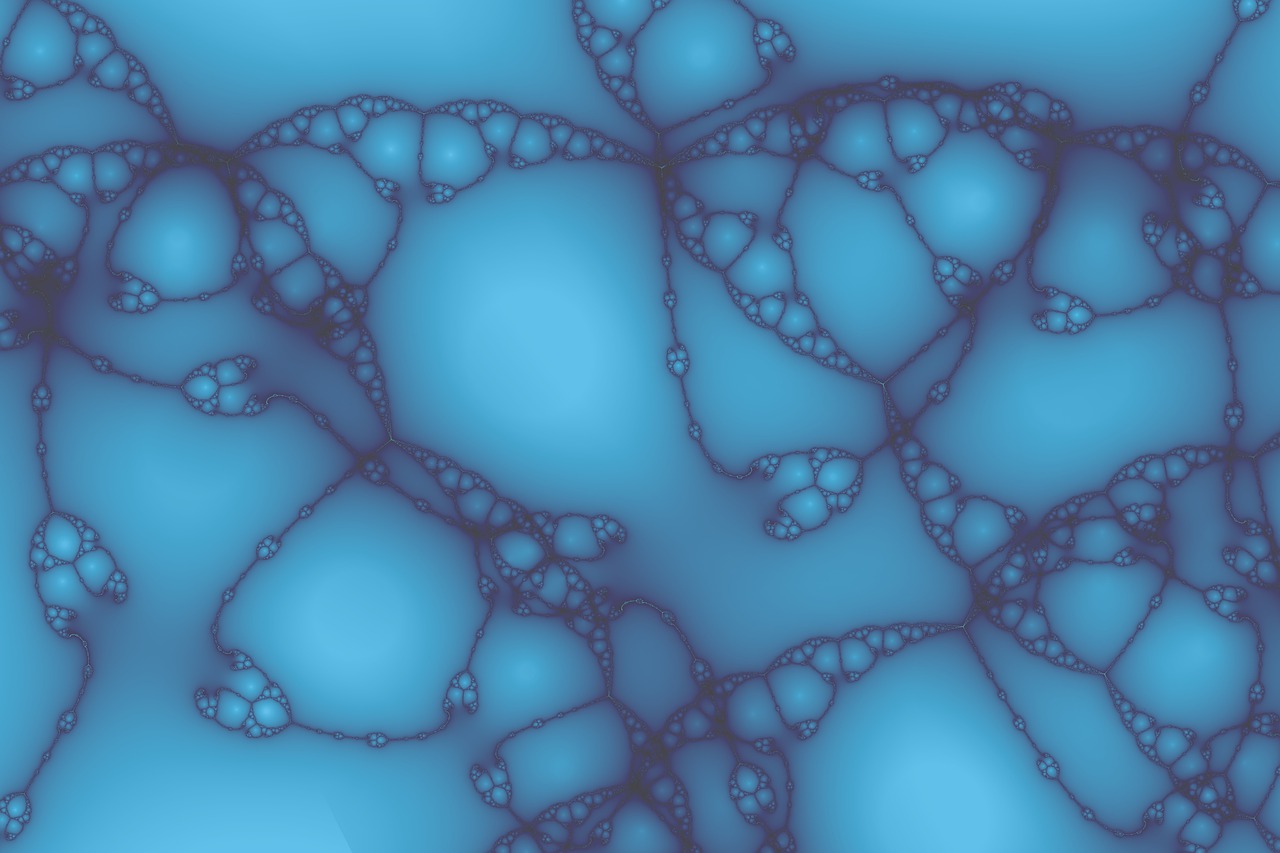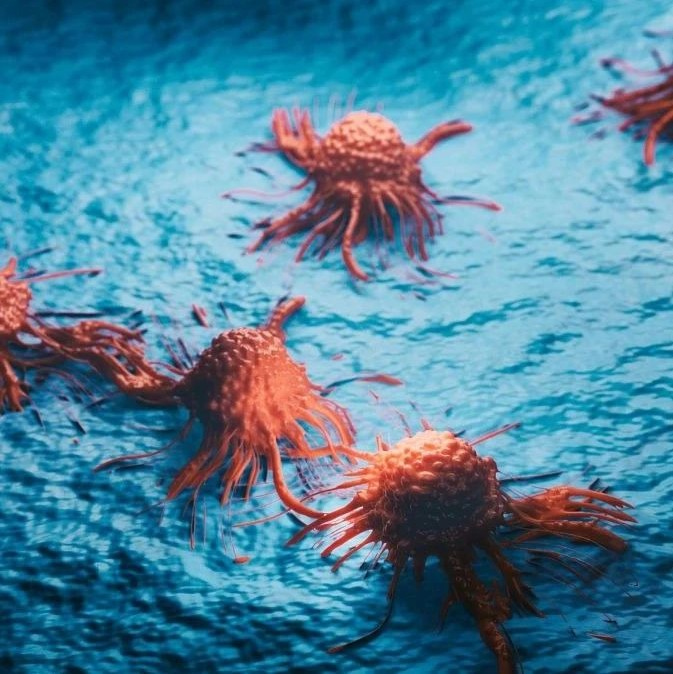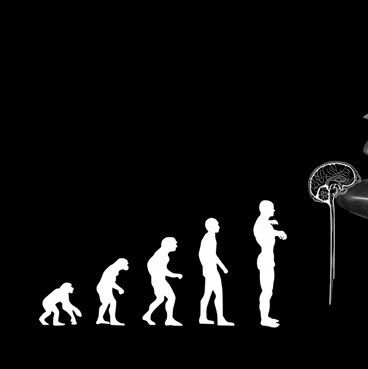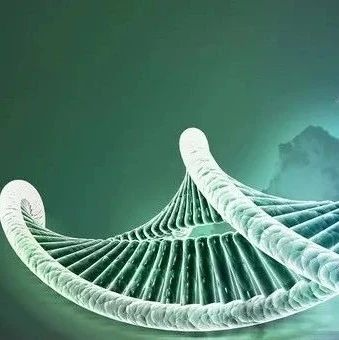摘要 :先天免疫系统以“与病原体相关的分子模式”(即PAMP,它们是微生物细胞的不变的组成分子,但在宿主组织中是没有的)为目标来区分自身和非自身结构。现在,研究人员又发现了一个类似的机制,可区分活病原体和死病原体引起的差异免疫反应。Sander 等人发现,刺激性信使RNA只存活于活的细菌中,是一种“与存活能力相关的PAMP”,称为“vita-PAMP”。将vita-PAMP开发成疫苗,有可能做到“活”疫苗的有效性与“死疫苗”的安全性结合起来。

免疫系统怎么识别病原微生物是死是活?
生物探索推荐英文摘要
doi:10.1038/nature10072
Detection of prokaryotic mRNA signifies microbial viability and promotes immunity
Abstract: Live vaccines have long been known to trigger far more vigorous immune responses than their killed counterparts1, 2, 3, 4, 5, 6. This has been attributed to the ability of live microorganisms to replicate and express specialized virulence factors that facilitate invasion and infection of their hosts7. However, protective immunization can often be achieved with a single injection of live, but not dead, attenuated microorganisms stripped of their virulence factors. Pathogen-associated molecular patterns (PAMPs), which are detected by the immune system8, 9, are present in both live and killed vaccines, indicating that certain poorly characterized aspects of live microorganisms, not incorporated in dead vaccines, are particularly effective at inducing protective immunity. Here we show that the mammalian innate immune system can directly sense microbial viability through detection of a special class of viability-associated PAMPs (vita-PAMPs). We identify prokaryotic messenger RNA as a vita-PAMP present only in viable bacteria, the recognition of which elicits a unique innate response and a robust adaptive antibody response. Notably, the innate response evoked by viability and prokaryotic mRNA was thus far considered to be reserved for pathogenic bacteria, but we show that even non-pathogenic bacteria in sterile tissues can trigger similar responses, provided that they are alive. Thus, the immune system actively gauges the infectious risk by searching PAMPs for signatures of microbial life and thus infectivity. Detection of vita-PAMPs triggers a state of alert not warranted for dead bacteria. Vaccine formulations that incorporate vita-PAMPs could thus combine the superior protection of live vaccines with the safety of dead vaccines.







